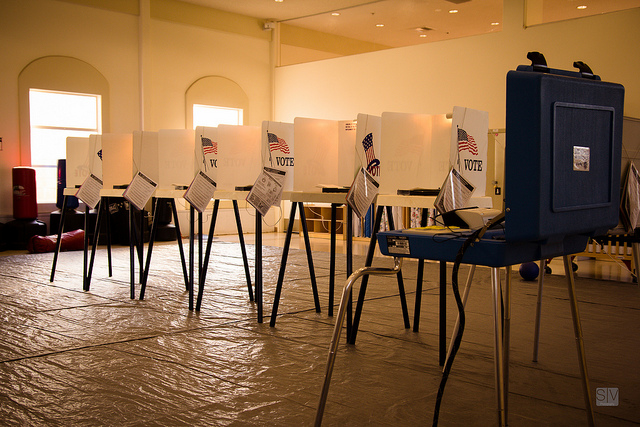The Mysterious Number of American Citizens

*A twist to the one-person, one-vote issue recently taken-up by the U.S. Supreme Court. A pair of rural Texas voters want to change the voting and representation principle to count only eligible voters, and not population. The change would directly affect Latino voting power. The Supreme Court has agreed to hear the case. But, there is no agency, anywhere, that counts eligible voters. So the Supreme Court will hear a case in which there is no data, period. Nathaniel Persiley explains. VL
 By Nathaniel Persily, Politico
By Nathaniel Persily, Politico
Many Americans believe that someone, somewhere in Washington, must be in charge of tracking who is and who isn’t a citizen of the United States. Apparently, so does the U.S. Supreme Court, which just accepted a voting rights case that turns on the government’s ability to count the number of citizens in each voting district. But despite all the talk these days about government and Big Data, the justices, like the rest of us, might be surprised to learn that [tweet_dis]the most basic information as to who is an American citizen cannot actually be found in any publicly available government data set — anywhere.[/tweet_dis] [pullquote]“One person, one vote,” they argue, should really mean “one voter, one vote.” As appealing as the logic may be, that transformation in constitutional law would be based on data that simply doesn’t exist.[/pullquote]The case, Evenwel v. Abbott, poses a question: whether the Constitution’s long-standing “one person, one vote” principle requires equal numbers of voters per district instead of equal numbers of people, as is current practice. Most commentary on the case has focused on its implications for political parties and racial groups. But focusing on the politics, or even on the merits of the constitutional argument, ultimately distracts from a much bigger problem: The data necessary to draw districts with equal numbers of eligible voters does not exist. We have no national citizen database that tells us how many citizens live in each district around the country.
Click HERE to read the full story.
[Photoby Stephen Velasco/Flickr]

